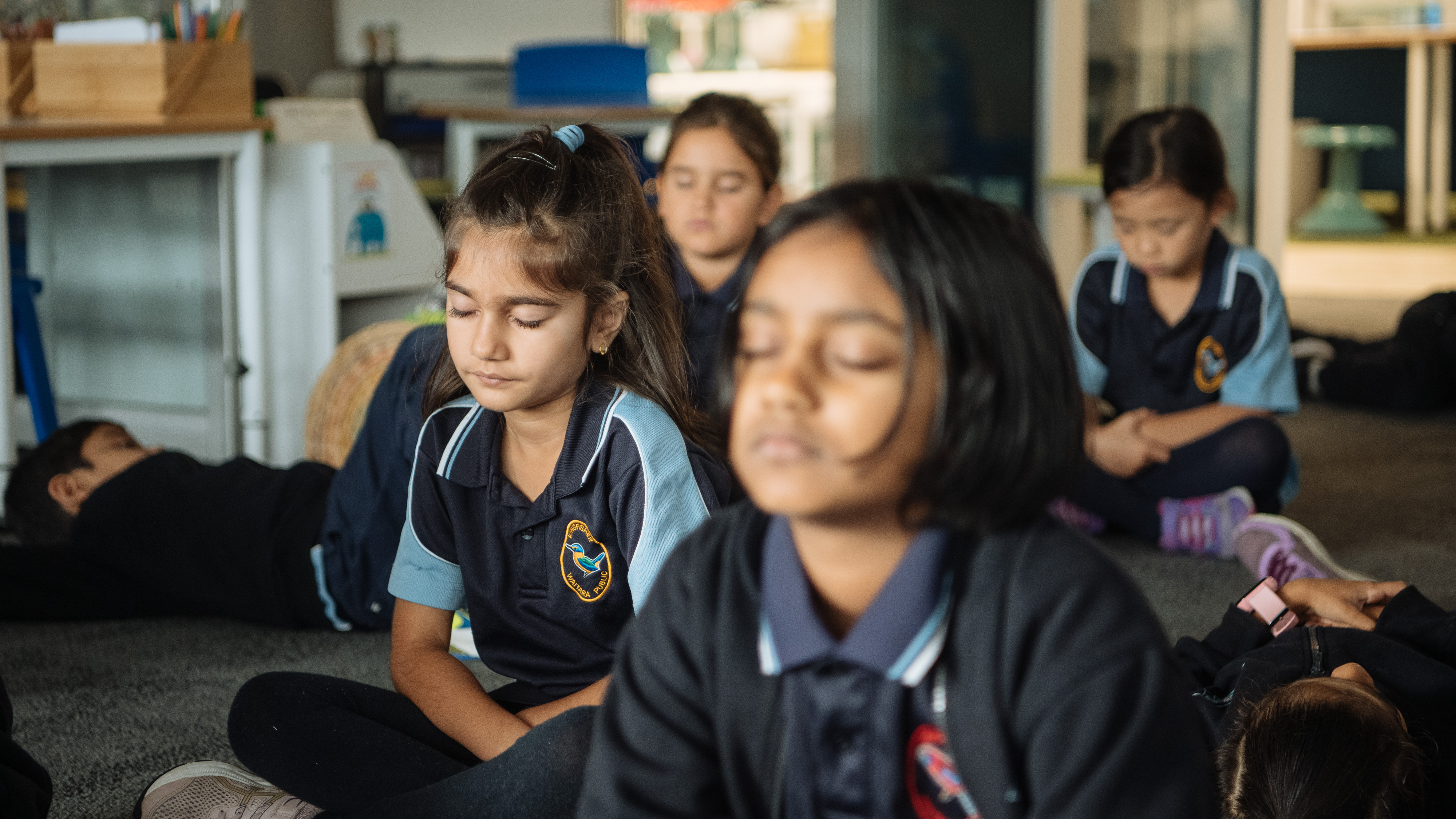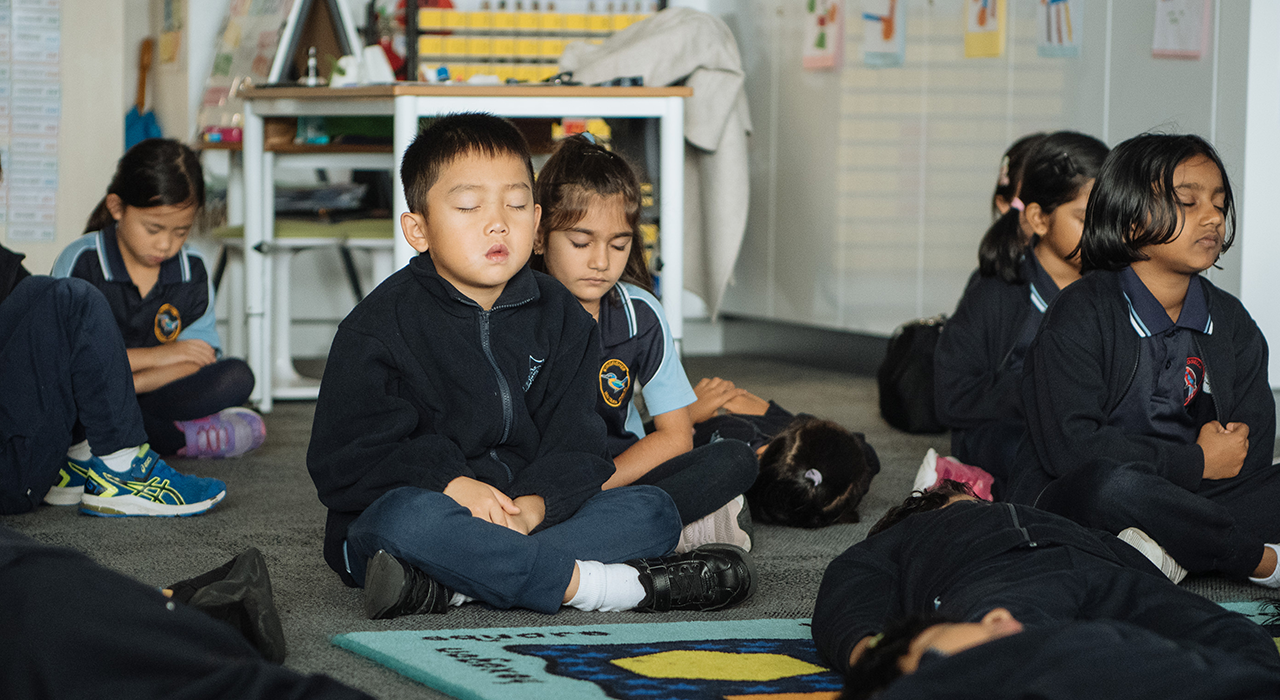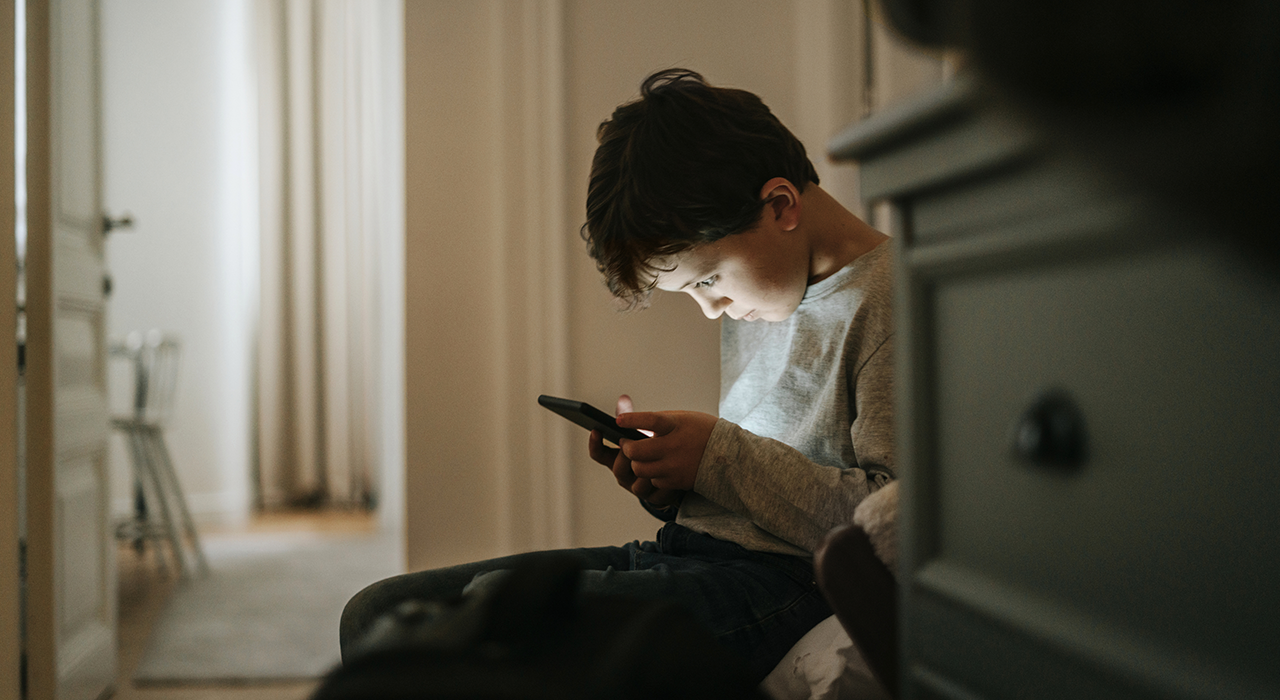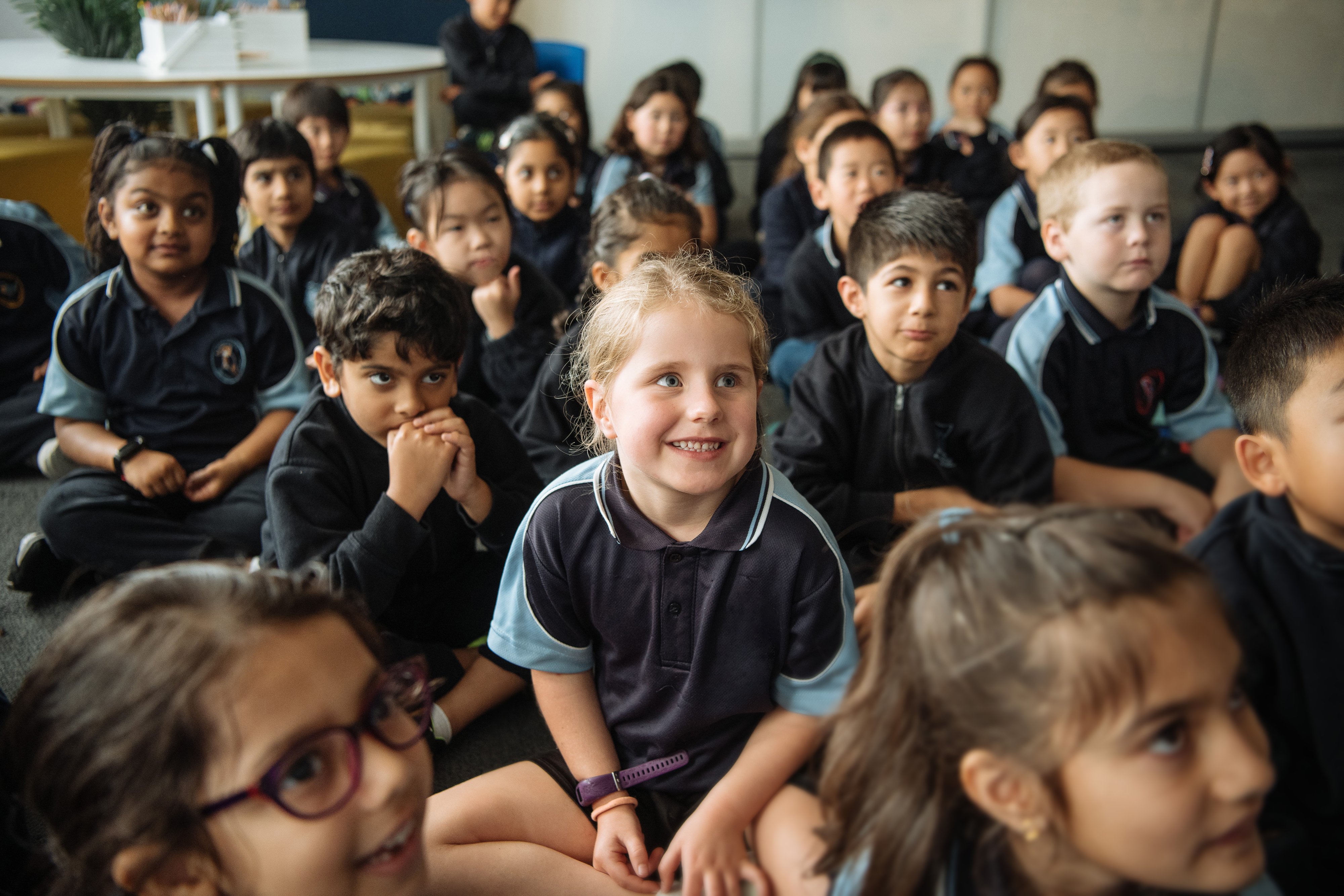Australia's education system is taking kids’ mental health more seriously than ever. So, what if we told you that the design of your schools’ physical spaces can actually further support our students’ mental health?
In collaboration with Dulux, Smiling Mind has taken a deep dive into the science behind how a space’s design aspects—like colour, texture and light—can impact our mental states. This piece will explore how you can use this information to design supportive, healthier spaces that facilitate mindfulness and focus for your students.
How do our physical environments impact our mental state?
When we enter a space, we’re instantly confronted with an array of stimuli. From the colours and lights, to the shapes and textures, our brains are working to understand where we are and how we feel about it.
For example, research has found that lack of light, both natural and artificial, can have detrimental effects on our mental health, causing higher levels of stress and anxiety. Similarly, another study found that long-term exposure to over-cluttered spaces can be linked to lower wellbeing and a decrease in productivity.
Colour has such a significant impact on our mental state that an entire sub branch of psychology called ‘colour psychology’ was created. Generally, warmer colours such as red and yellows increase brain arousal and evoke more energy, while cooler colours like blue and green have a more calming effect on the brain.
How mindful spaces and meditation can improve student wellbeing and focus
The pressures of school can be overwhelming, not only for the students but for educators as well. Providing a space dedicated to calming down, re-centering and re-focusing can help support your students and school community to alleviate some of this stress.
Over time, our brains like to place meaning on specific spaces and will naturally prompt behaviour that’s appropriate for that environment. By regularly exposing students to a space dedicated to being mindful, they’ll begin to associate that place with a sense of calm, wellbeing and peace.
These benefits extend beyond the mindful space. The activities students engage with during their time in the space, whether that’s meditation or practising informal mindfulness, help their minds enter a state of present moment awareness. When they bring this awareness back to classroom lessons, their focus, attention and concentration improves.
To prompt mindful attitudes and maximise the benefits of a mindful space, it’s important that ambient design elements like light, colour and other sensory stimuli, are carefully considered.
Let’s take a look at how different stimuli can impact students’ wellbeing and focus at school.
Positive versus negative sensory stimuli—a deep dive
Colours, lighting design and textural elements are all design considerations that stimulate our brains. For the purpose of a mindful space, this stimulus can be for the better, or for the worse.
Research across childcare, healthcare and learning psychology, however, all land on the same conclusion—the more natural, the better.
Positive
To promote calm and facilitate focus, a mindful space should incorporate:
- Softer, natural colour tones
Natural colour palettes are linked to improved mental wellbeing and have been found to have therepeutic impacts on the brain.
Colour palettes incorporating cooler tones in particular have been found to promote higher levels of calm1. Lighter green and blue tones, for example, have been found to be particularly effective in environments dedicated to younger people, such as kindergartens and primary schools2.
- Natural or warmer lighting
A space’s lighting design should complement the colour palette chosen for the space. Hence, when designing a mindful space, you should prioritise high quality, lighter hues, paired with access to natural lighting sources, like windows.
- Access to natural elements
Access to natural elements such as plants and views of nature landscapes has been found to promote calm and wellbeing. Providing this sense of access to nature has also been found to foster a decrease in stress, allowing your students to focus more easily.
Negative
Just as there are positive environmental stimuli, there are also design elements that can be disruptive or even detrimental to your students’ ability to focus and learn—particularly if experienced in your dedicated mindful space.
- Bright, clashing colours
We often find spaces for children are loudly colourful and full of patterns and textures. Although fun for playing environments, these design elements can actually cause sensory overload in students.
Clashing colours and patterns make it difficult for students to focus and reach a state of calm. In particular, the colour red has been linked to impaired cognitive performance, due to its ability to excite the motor function in our brains.
- Unnatural, harsh lighting
Harsher fluorescent lighting can cause over stimulation in students. Over time, this can cause irritability, lack of focus and disrupted behavioural patterns.
- Inadequate use of space
Similar to the effects of harsher colours and lighting, overcrowding a space with too many tools, toys and objects can cause over stimulation in a mindful space. Over-clutter can make the space feel small and constricting for students.
How to create a physical space that promotes wellbeing and focus
Creating a space dedicated to mindfulness and wellbeing doesn’t have to be an overwhelming project. In collaboration with Dulux, Smiling Mind has created a toolkit to help you create the perfect mindful space for students.
Here are some actionable steps that will help you to implement the recommendations in the toolkit.
1. Establish the function of your new space
It’s important to have a clear vision of what you want your students to achieve in your mindful space. This goal will help direct your next decisions to ensure your mindful space is right for your school.
Some mindful goals you may want to apply to your space, include:
- Promoting self-awareness
- Improving social awareness through sensory stimulation
- Practising gratitude
- Encouraging curiosity and questions
- Building mental resilience
2. Decide where your space will be
The goals specified in Step 1 will help dictate where best to set-up your mindful space.
For example, if your primary goal is to improve social awareness through sensory stimulation, an outdoor space with access to a garden is a great way to facilitate your chosen mindful activities.
Most importantly, it’s important your space is located in a safe, accessible area of your school, such as:
- A section of your library
- A shared meeting space
- A corner of your classroom
- A corner of the staff room
3. Furnish your space with the right textures, tools and lights
Ensuring you’re equipped with the right tools needed to facilitate your mindful practices while not overcrowding the space is a fine balance. There are some tips and tricks you can incorporate to ensure the space feels calm.
- Include natural elements like plants, murals of nature, and furniture made of textiles and wood (avoid loud coloured plastic furniture).
- Include access to windows—preferably ones that overlook natural landscapes like trees or the school oval.
- Avoid harsher, fluorescent lighting. Choose high quality, warmer toned bulbs. If possible, consider installing a light dimmer function to help control light stimulation throughout your sessions.
As mindfulness continues to grow more prominent within our students’ daily life, it makes sense to provide a dedicated space designed to facilitate its goals.
Would you like more guidance for designing your mindful space? Work with the colour experts at Dulux who will ensure your space best compliments your goals. Alongside the Smiling Mind Spaces Toolkit, the creation of your school’s mindful space will feel seamless.
Prepare for the school year, and ensure your students reap the most benefits from their mindfulness practices.
References
- Salonen, H.; Lahtinen, M.; Lappalainen, S.; Nevala, N.; Knibbs, L.D.; Morawska, L.; Reijula, K. Physical characteristics of the indoor environment that affect health and wellbeing in healthcare facilities: A review. Intell. Build. Int. 2013, 5, 3–25.
-
Thung, Chin Xing, and Hakimi Ahmad. 2022. “Colour Psychology in Kindergarten Classroom”. ARTEKS : Jurnal Teknik Arsitektur 7 (1), 61-66. https://doi.org/10.30822/arteks.v7i1.1188.
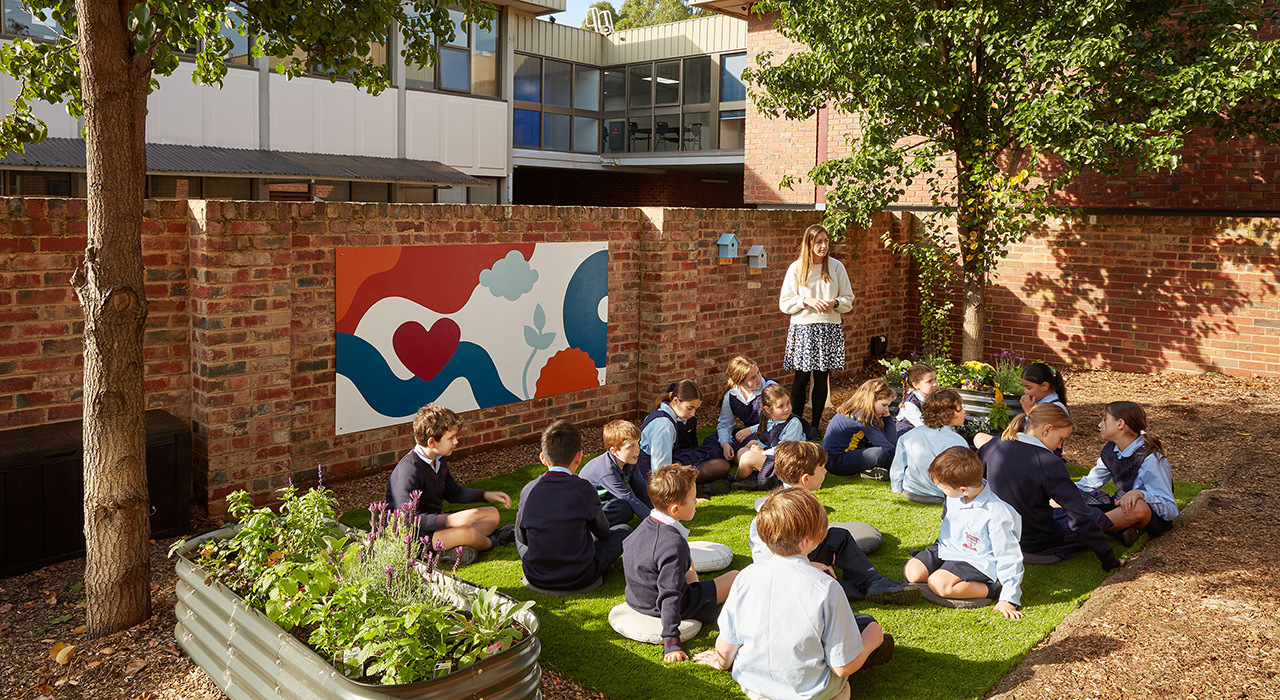

.jpg)
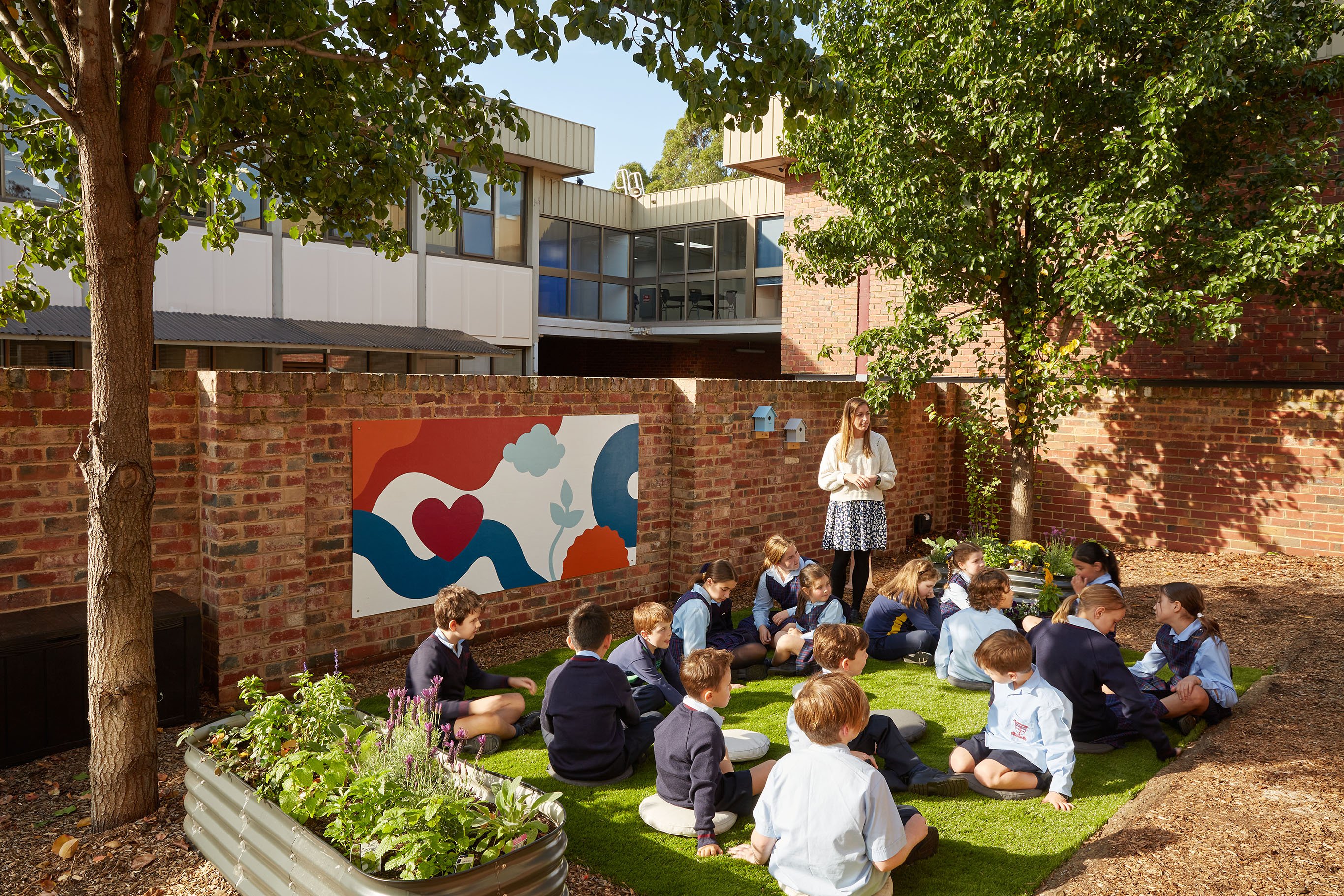
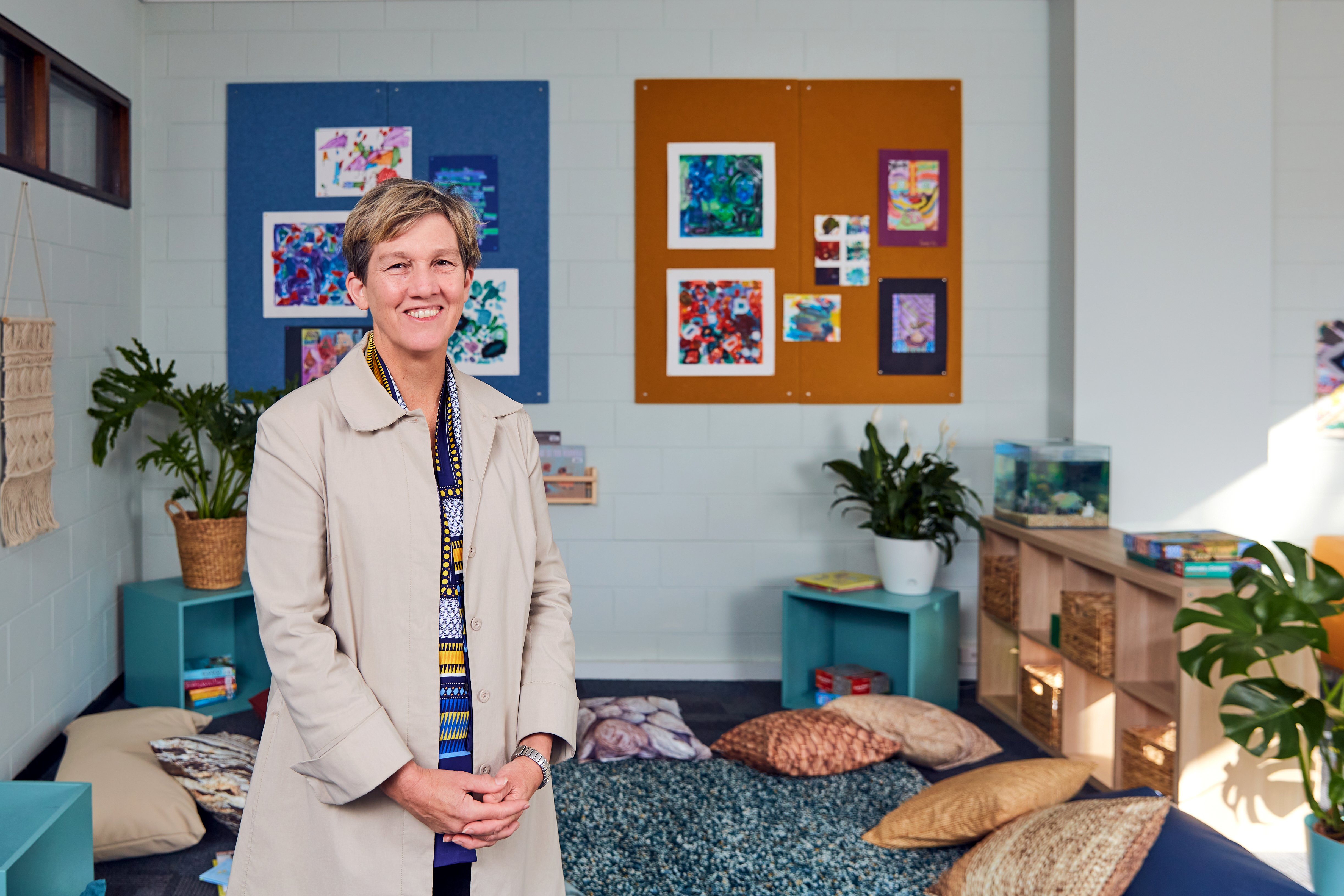
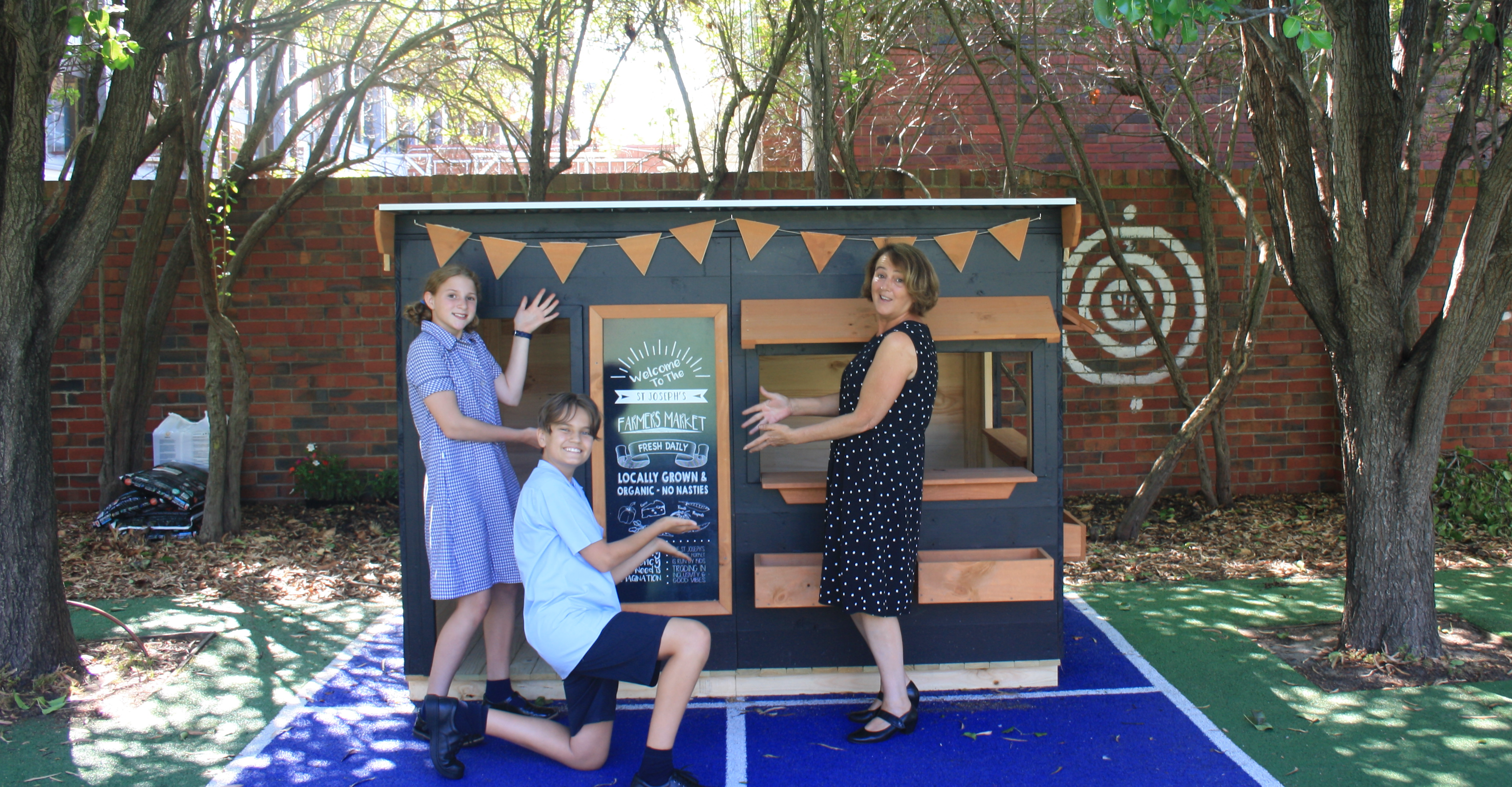

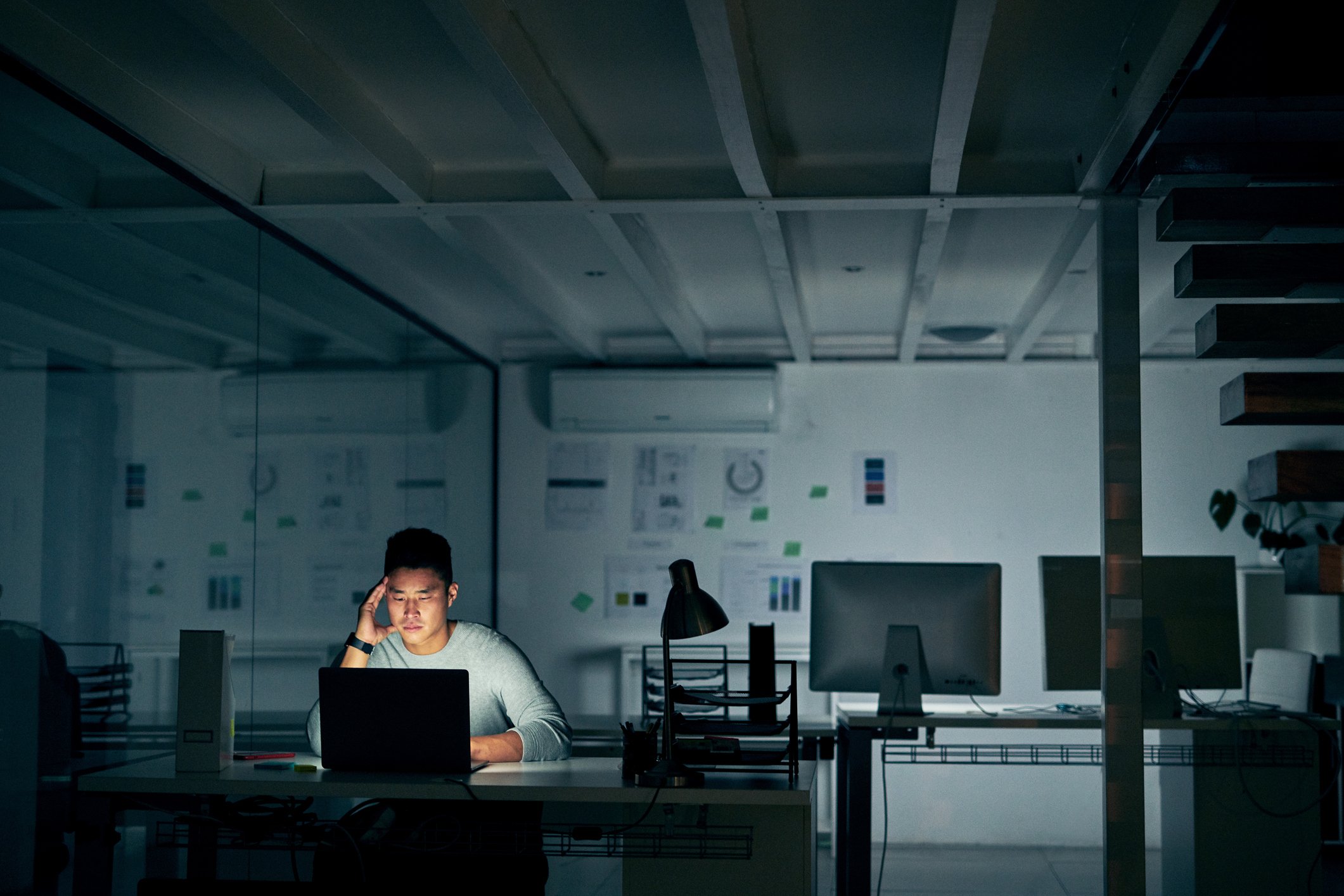




.jpg)

